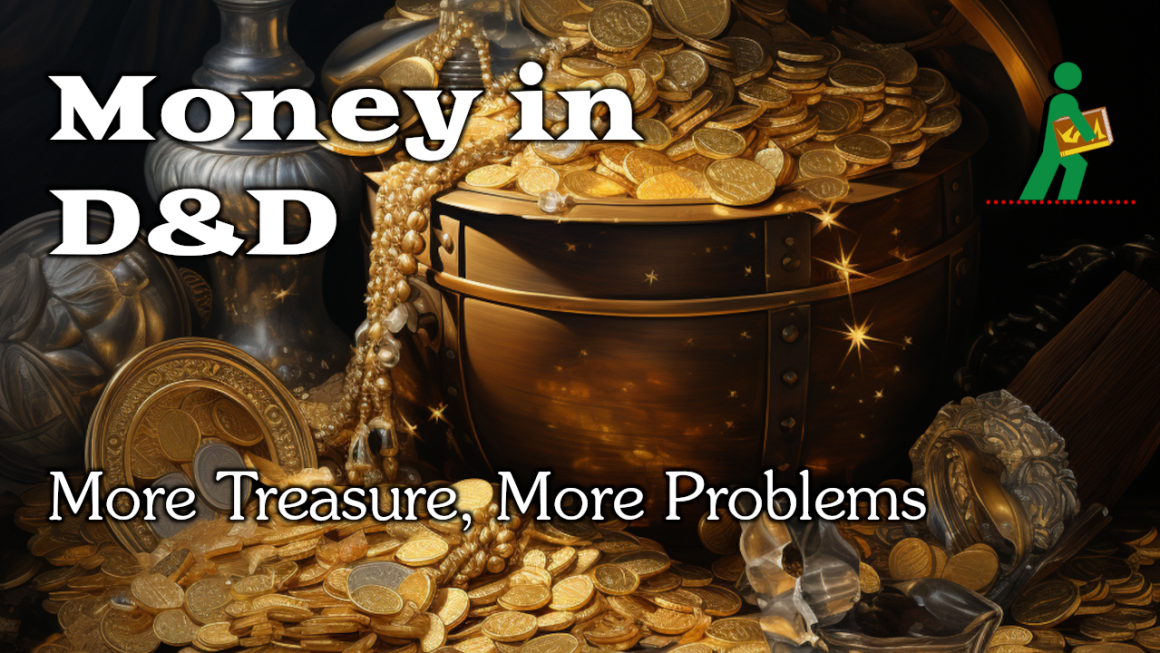
Money in D&D | More Treasure, More Problems | Wandering DMs S05 E36

Dan and Paul discuss money in D&D, and how they’ve both independently arrived at the need for a silver standard. From measuring encumbrance in coins to stocking dungeons with treasure, to how to drain the players of their inflated wealth, the Wandering DMs will cover everything numismatic in your D&D game.
Many cultures around the world eventually developed the use of commodity money. The Mesopotamian shekel was a unit of weight, and relied on the mass of something like 160 grains of barley. The first usage of the term came from Mesopotamia circa 3000 BC. Societies in the Americas, Asia, Africa and Australia used shell money—often, the shells of the cowry (Cypraea moneta L. or C. annulus L.). According to Herodotus, the Lydians were the first people to introduce the use of gold and silver coins. It is thought by modern scholars that these first stamped coins were minted around 650 to 600 BC.
In most major economies using coinage, copper, silver, and gold formed three tiers of coins. Gold coins were used for large purchases, payment of the military, and backing of state activities. Silver coins were used for midsized transactions, and as a unit of account for taxes, dues, contracts, and fealty, while copper coins represented the coinage of common transaction. This system had been used in ancient India since the time of the Mahajanapadas. In Europe, this system worked through the medieval period because there was virtually no new gold, silver, or copper introduced through mining or conquest. Thus the overall ratios of the three coinages remained roughly equivalent.
Read Dan’s blog comparing original D&D to historical prices
This description uses material from the Wikipedia article “Money“, which is released under the Creative Commons Attribution-Share-Alike License 3.0.

